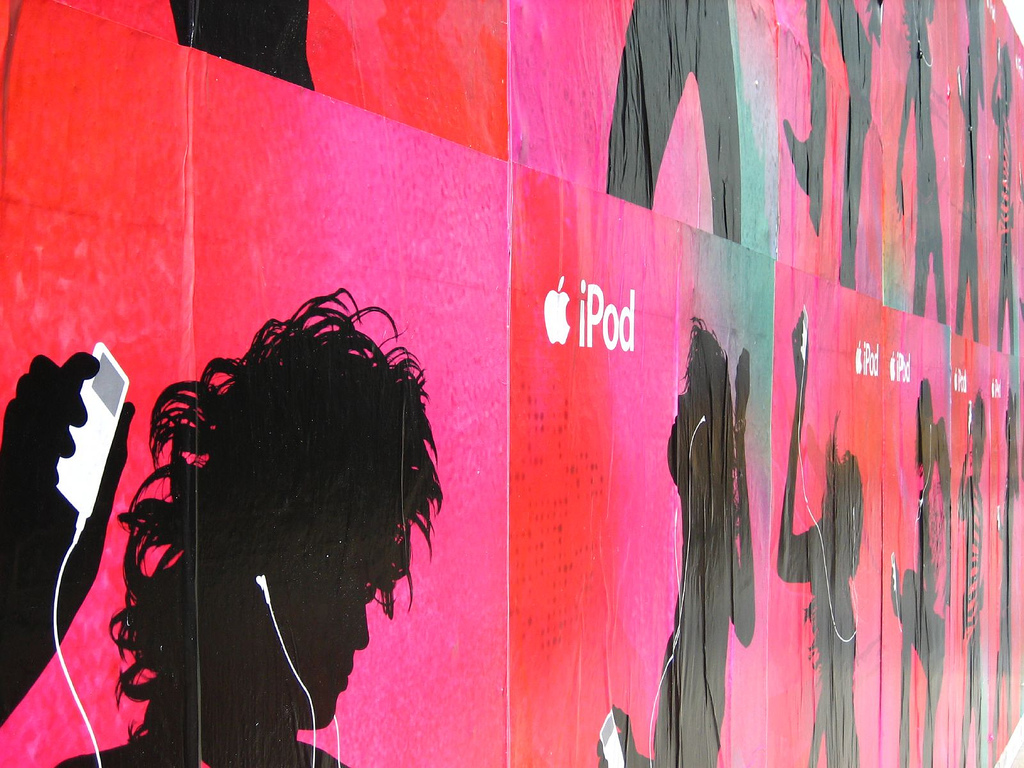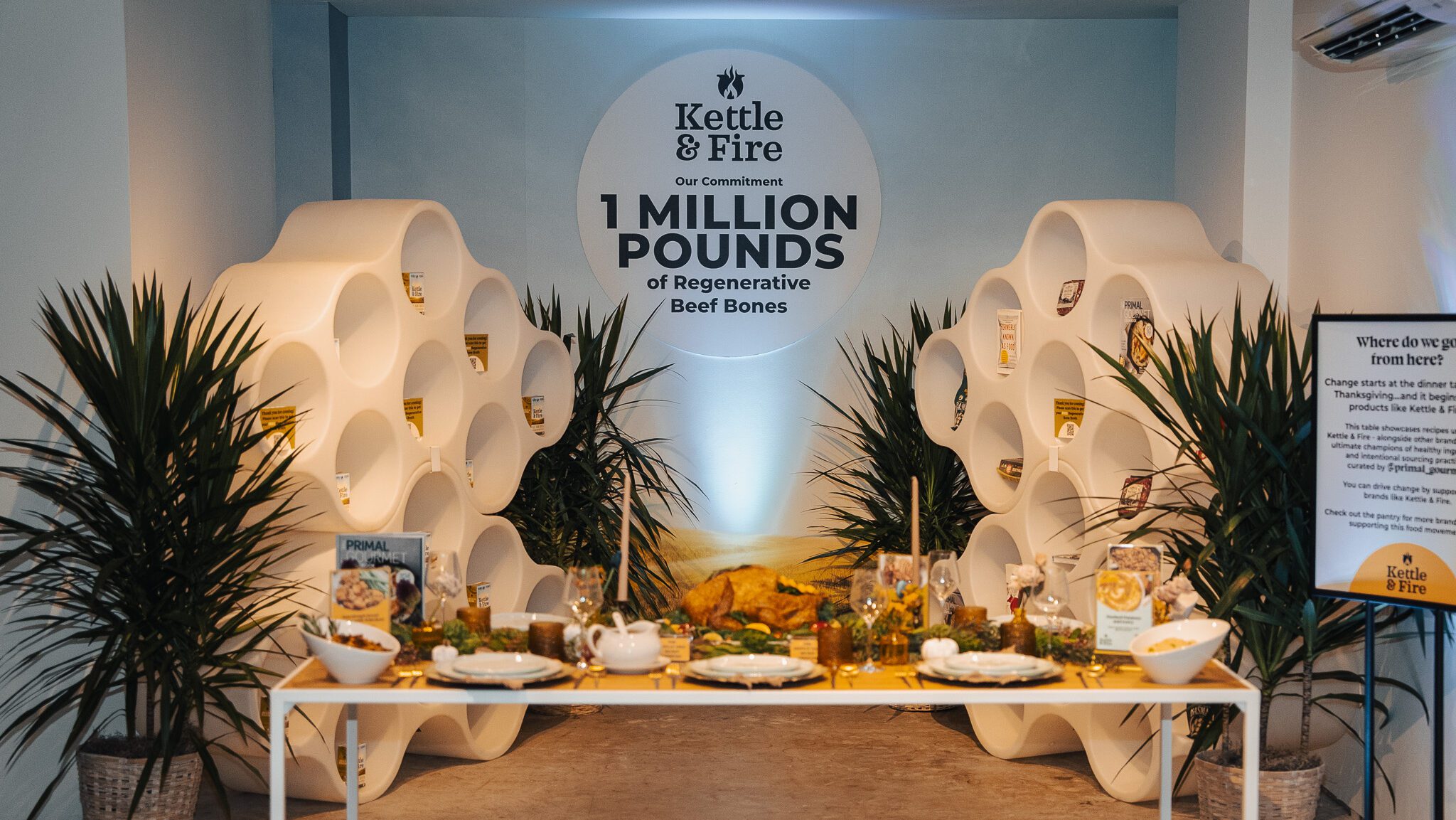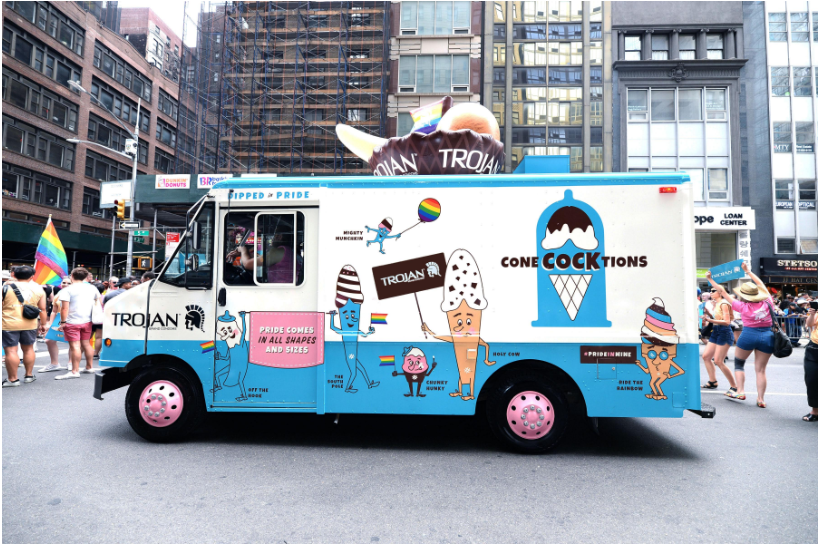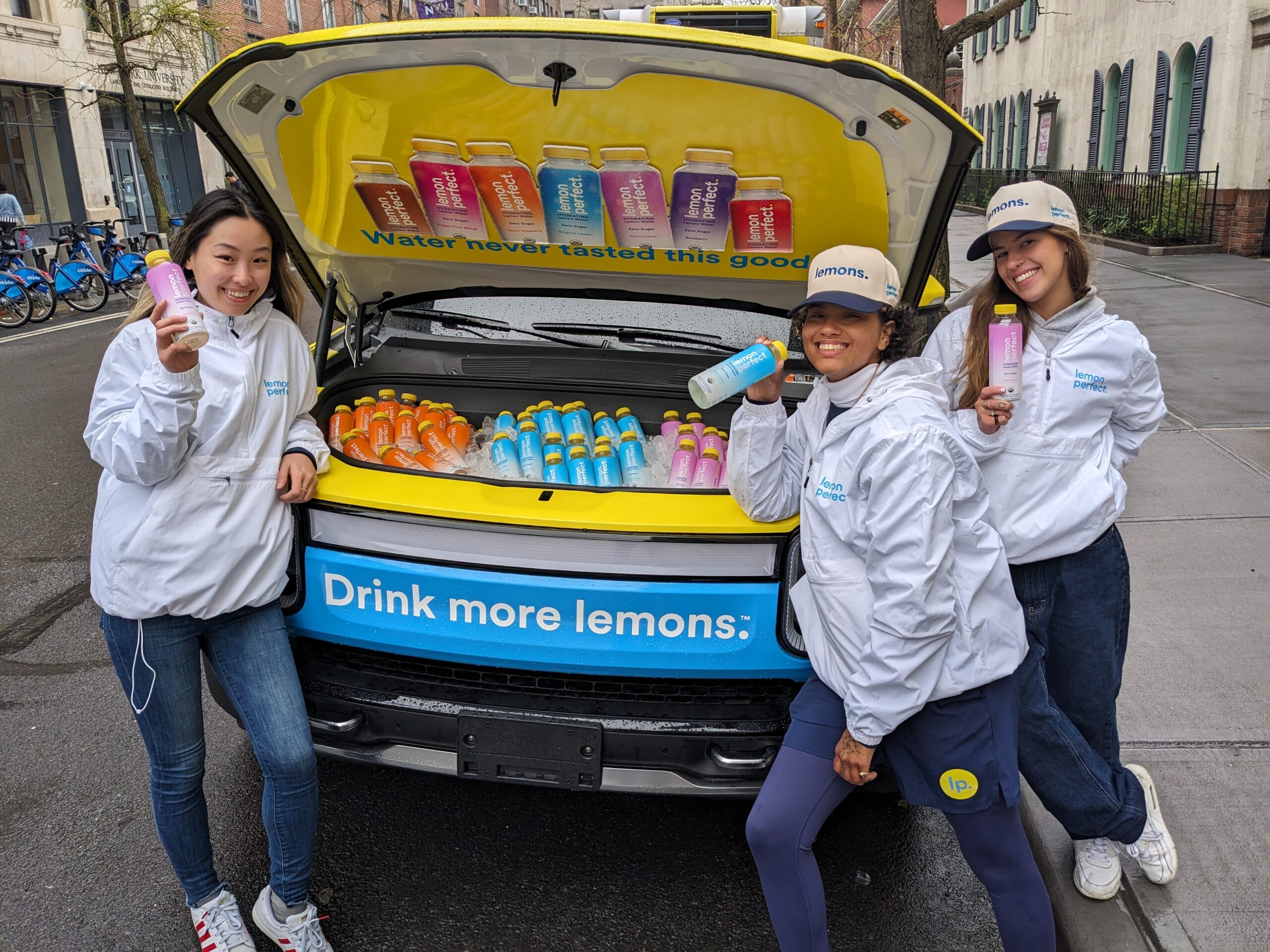
- Guerrilla Marketing
What’s Wild Posting and Why Are Brands Doing It?
Advertising in the Wild
Whether you knew it or not, you’ve seen a wild posting campaign in action. We all have, and many of us have done a low-key version of wild posting ourselves — think of plastering a neighborhood with yard sale or lost pet signs, or covering a campus bulletin board with flyers for an upcoming concert. All of these are examples of wild posting created to get a message out to as many people as possible, as cheaply as possible.
Inexpensive, easy to deploy, and about as low-tech as advertising can get, wild posting is a guerilla marketing tactic used by brands to spread awareness in a visually arresting, analog way. It’s increasingly — some would say surprisingly — common in American cities, where competition for consumers’ attention is fierce. “Wild posting has become the flexible street medium of choice for highly cost-effective hyperlocal targeting, as well as citywide reach and frequency campaigns,” says alchemymedia.net. In a world where marketing has all but completely gone digital, wild posting offers an appealingly old-school means of getting the word out.
What Is Wild Posting?
Wild posting has a long history and is known by many other names, including wheatpasting, flyposting, postering, and street-level billboards. In the simplest terms, wild posting is a form of advertising that involves placing posters, flyers, or stickers in unauthorized public spaces, like telephone poles, walls, street signs, or even private property.
Wild posting is often used by bands, businesses, governmental agencies, social/political interest groups, political campaigns, and other organizations to increase exposure cheaply and quickly. Some wild posters use large posters, while others will “wallpaper” the side of a building or bus shelter with letter-sized flyers, creating impact through repetition. The real strength of wild posting campaigns “is in their ability to combine highly cost-effective consumer-based placement coupled with the fortifying capability of reach and frequency advertising,” says alchemymedia.net.
“Wild Posting involves dominating a single area with repeated posters advertising the same thing,” says dashtwo.com. “It works because the message becomes inescapable—anyone who walks or drives nearby the postings will absorb them.”
Why Do Brands Choose Wild Posting?
Brands venture into wild posting because of several advantages, including cost, reach, and brand awareness.
It’s inexpensive.
Wild posting is cheaper than electronic media or traditional print media like newspapers and magazines. “It is indeed less expensive than typical outdoor advertising formats,” says a blog post on intotheminds.com. “Posters are often less expensive than traditional print advertising while attracting more attention.”
It has excellent reach within a targeted area.
Placed in high traffic locations, wild posting is seen by a lot of people, repeatedly. It’s difficult to match those numbers via the web or traditional media.
Wild posting is also hyperlocal, meaning it strategically targets a carefully selected geographic area, like a neighborhood, or a college campus. “Hyperlocal marketing is all about understanding the specific needs and interests of a small community and tailoring marketing efforts to meet those needs,” explains vcoutdoor.com. When they focus advertising on a relatively small geographic area, “national brands can build stronger relationships with their customers and create a sense of community and connection.”
It boosts brand awareness.
Wild posting is hard to miss. It inserts a brand into the landscape, along the routes people take as they go about their lives. When consumers see a brand’s posters regularly, brand awareness increases. “The goal of wheat pasting, like other types of guerilla marketing, is to create a buzz about a company or product,” says a recent Forbes post. “The more provocative and unconventional your campaigns are, the better your brand awareness results will probably be.”
It’s social media ready.
It works to a brand’s advantage to make its wild postings visually arresting to catch consumers’ attention. “The less conventional the ads are, the more impact they will have on brand awareness in the eyes of the general public.” Consumers will sometimes post selfies with wild postings as the backdrop, or share photos of particularly interesting, beautiful, or intriguing ads. When the brand’s URL, QR code, or social media handles are easily visible on the poster, that’s free social media advertising.
It’s dramatic.
With the right graphics, at the right size, wild posting really stands out. Repetition only increases the impact. Wild postings are usually visually arresting, and the jolt of seeing something novel and striking makes an emotional impact. “When your target audience sees what you’ve been up to and recognizes the power of your promotion method, it can intrigue prospects and encourage their loyalty,” says Forbes.
Is Wild Posting Legal?
Usually, within limits.
There are no doubt communities that have banned it entirely, but in most communities, there are designated locations where wild posting can be done. Often, these spaces exist on buildings or construction barricades belonging to private landlords. “It’s one way that property owners can generate additional revenue, and as long as you rent the space officially and don’t try to muscle your way onto their surfaces, you’re golden,” Forbes explains.
While it can be a cost-effective way to reach a large audience, wild posting without permission can be illegal and incur fines and potentially legal action. It’s best to ask first, or to hire an agency knowledgeable about local rules and regulations.
Will Wild Posting Work for Your Brand?
When planning a wild posting campaign, it’s important to consider whether the medium is a good fit for the brand. Although it’s not illegal, wild posting used to be in many places and thus has a bit of a counterculture vibe. “Wheat pasting began as an illegal form of advertising aimed at grabbing the attention of passersby,” says Forbes. “Even now, wheat pasting contains a hint of defiance aimed at stirring a response from nonconservative audiences.” This could be a great fit for a target audience that’s young and hip, even a little rebellious, but less appropriate for a white-shoe law firm whose clientele might view wild posting as visual pollution.
Despite these drawbacks, wild posting can be an effective way to reach a specific target audience, especially in urban areas. However, it’s essential to weigh the potential benefits against the risks and legal implications.
“Outdoor ads are more cost-effective than other forms of advertising, making them a great option for brands with limited marketing budgets,” says vcoutdoor.com. Consumers can tune out or skip ads on television, social media, and the web, but they can’t ignore street-level posters as they go about their daily routine.
Promobile Marketing is a dynamic experiential marketing agency based in New York City. For over a decade, Promobile Marketing has collaborated with a range of brands—from budding startups to major CPG brands—on immersive marketing campaigns. Get in touch to discuss your next project.


